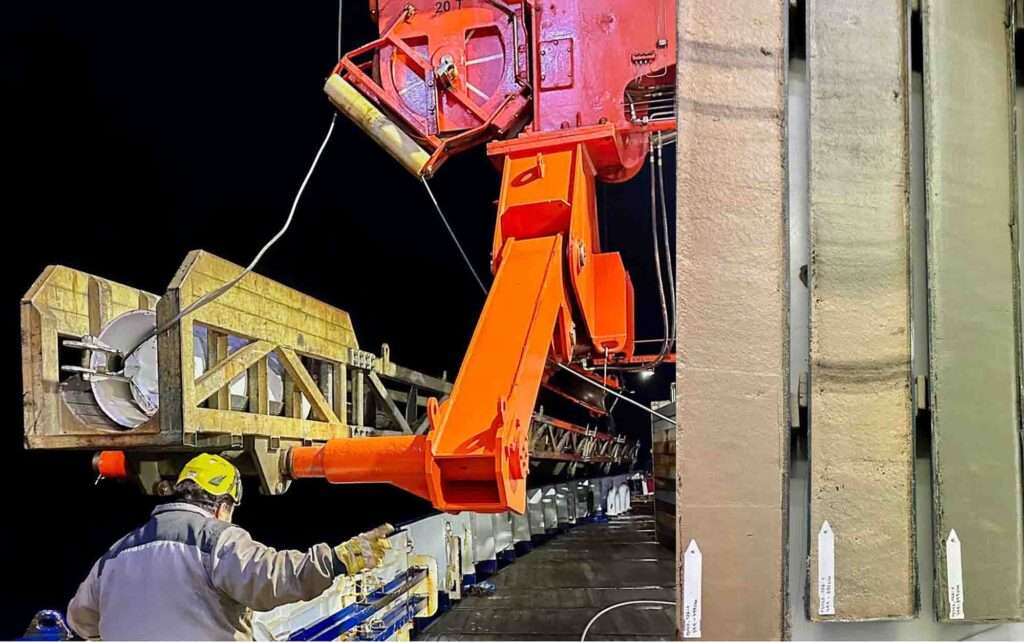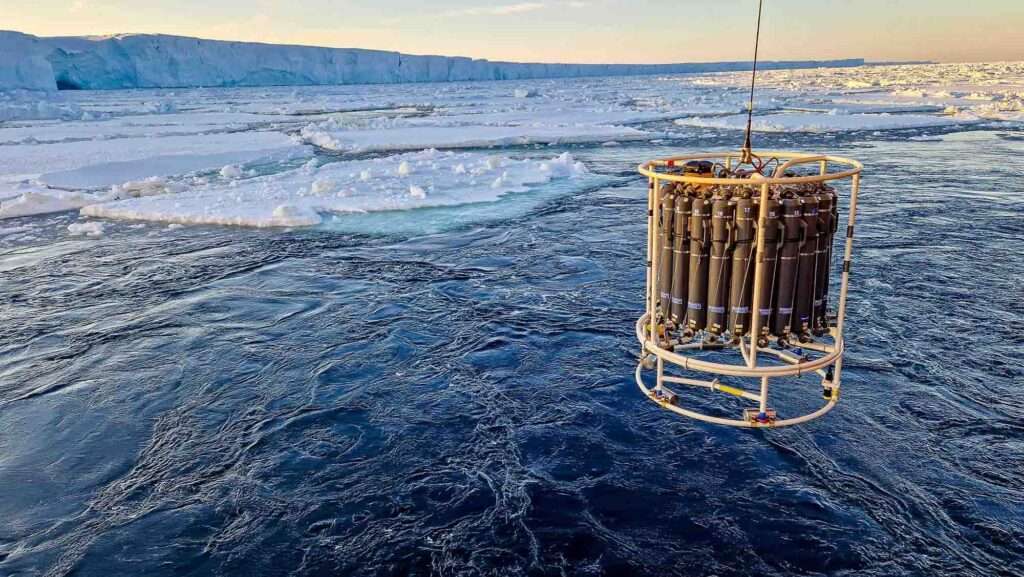Huge glaciers once thought to be stable in eastern Antarctica are melting from below as warmer water flows erode their roots, a new scientific study has revealed.
The six-month study by researchers on the Polarstern icebreaker is said to be one of the most comprehensive ever attempted to assess the stability of the ice.
Massive ice bodies like the Denman Glacier have been thought to be far less at risk than others in the more vulnerable western Antarctic.
But scientists behind the new study say it reveals that glaciers like Denman are being eaten away from below as well.
Expedition co-chief scientist Dr Oliver Esper explained: “We were able to confirm that warm water is already reaching the Denman Glacier and melting it from below, which is leading to a rise in global sea levels.

“This is a condition that climate models predict for other areas in East Antarctica as global warming progresses in the coming decades.”
Researchers took core samples from the sea bed below the glacier to establish how fast they were melting and whether the process was accelerating.
Esper, a marine geologist at the Alfred Wegner Institute Helmholtz Centre for Polar and Marine Research, explained: “From the sediment cores, we will be able to estimate how quickly the ocean currents have shifted in the Earth’s history after the laboratory analyses that are now pending.
“This will enable us to improve forecasts of future sea level rise.”
Some experts say that if Denman, which measures seven miles by ten miles, was to be hollowed out by warmer waters it would cause a 1.5 metre (4.9 feet) rise in global sea levels.
Polarstern’s research team collected samples every 100 nautical miles along a 2,000-kilometre (1,242 miles) route north from the Denman Glacier.
From that they established the oxygen content and salinity, depth, and temperature of the ocean from the surface to the sea floor.

Dr Esper explained: “From the sediment cores, we can describe the position of the Antarctic Circumpolar Current in East Antarctica over the past 800,000 years.”
Further studies off the coast of Namibia in west Africa allowed researchers to study the retreat of ancient Ice Age glaciers.
And satellite links gave the experts the ability to changes in glaciers to minute shifts in the Earth’s crust.
The Alfred Wegner Institute said: “Using the structure of the sediment layers, the researchers can look back over 50 million years into the Earth’s history.
“In addition, a land team led by TU Dresden used global navigation satellite systems to record with high precision the movement of the Earth’s crust, which can be seen as a reaction to past and present ice mass changes.
“Together with geophysical measurements, the data should contribute to a better understanding of the deformation and internal structure of the Earth in the East Antarctic region.”
Polarstern returned to its home port in Bremerhaven, Germany, on 12th May.

To find out more about the author, editor or agency that supplied this story – please click below.
Story By: Georgina Jedikovska, Sub-Editor: Georgina Jedikovska, Agency: Newsflash
The Ananova page is created by and dedicated to professional, independent freelance journalists. It is a place for us to showcase our work. When our news is sold to our media partners, we will include the link here.




